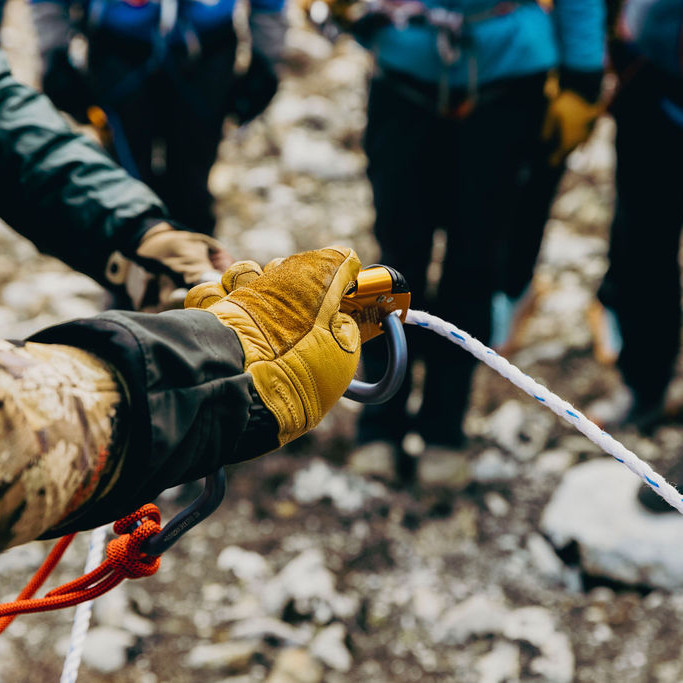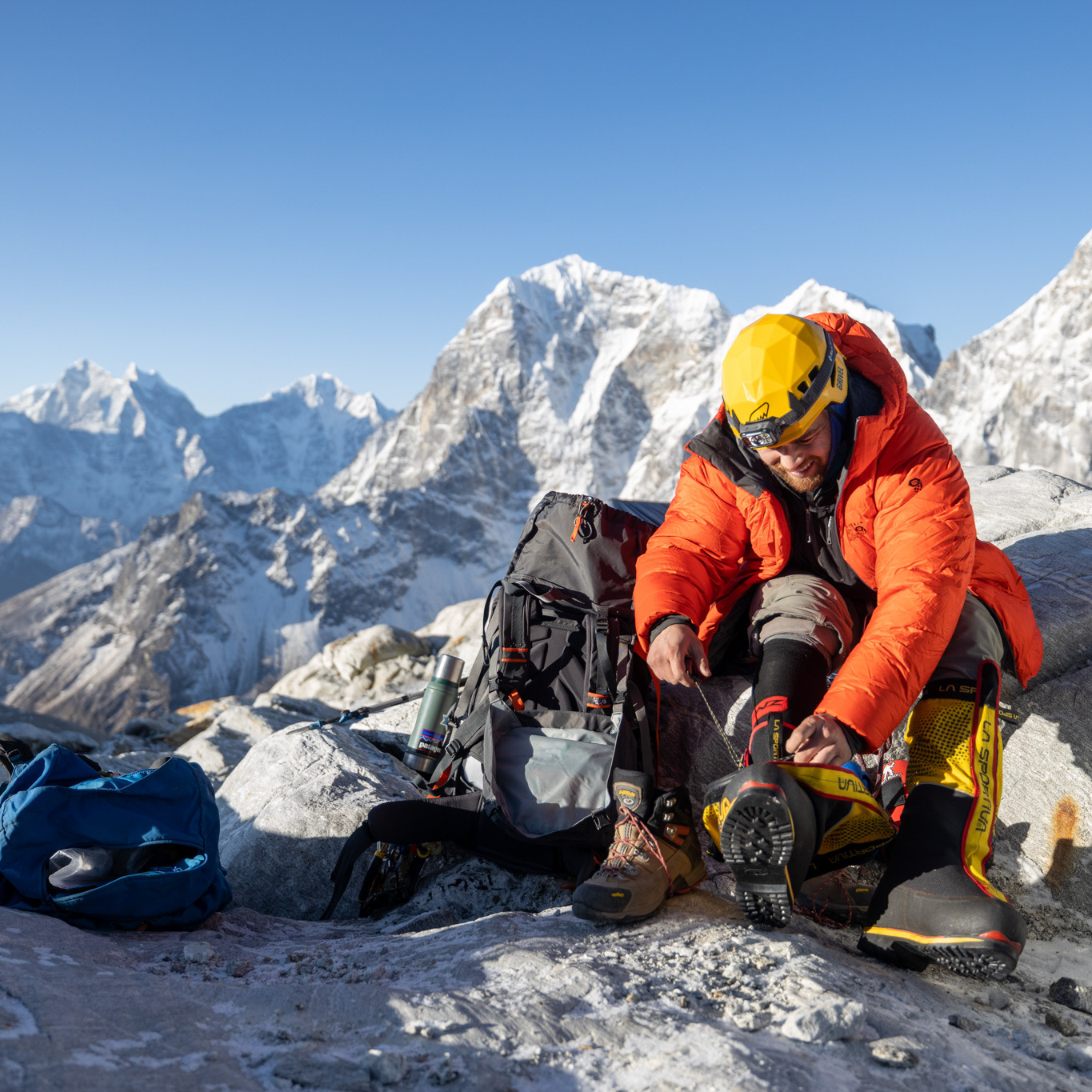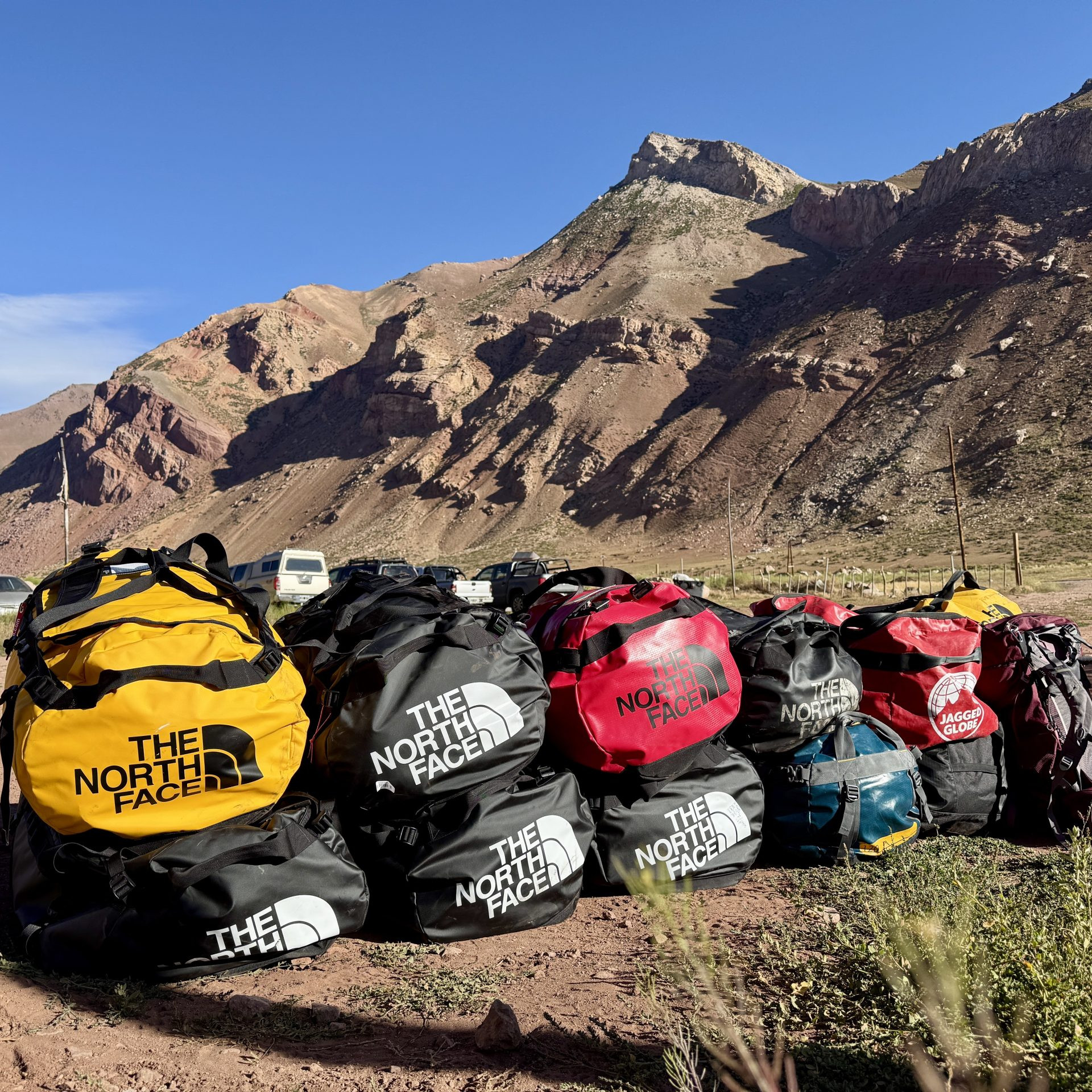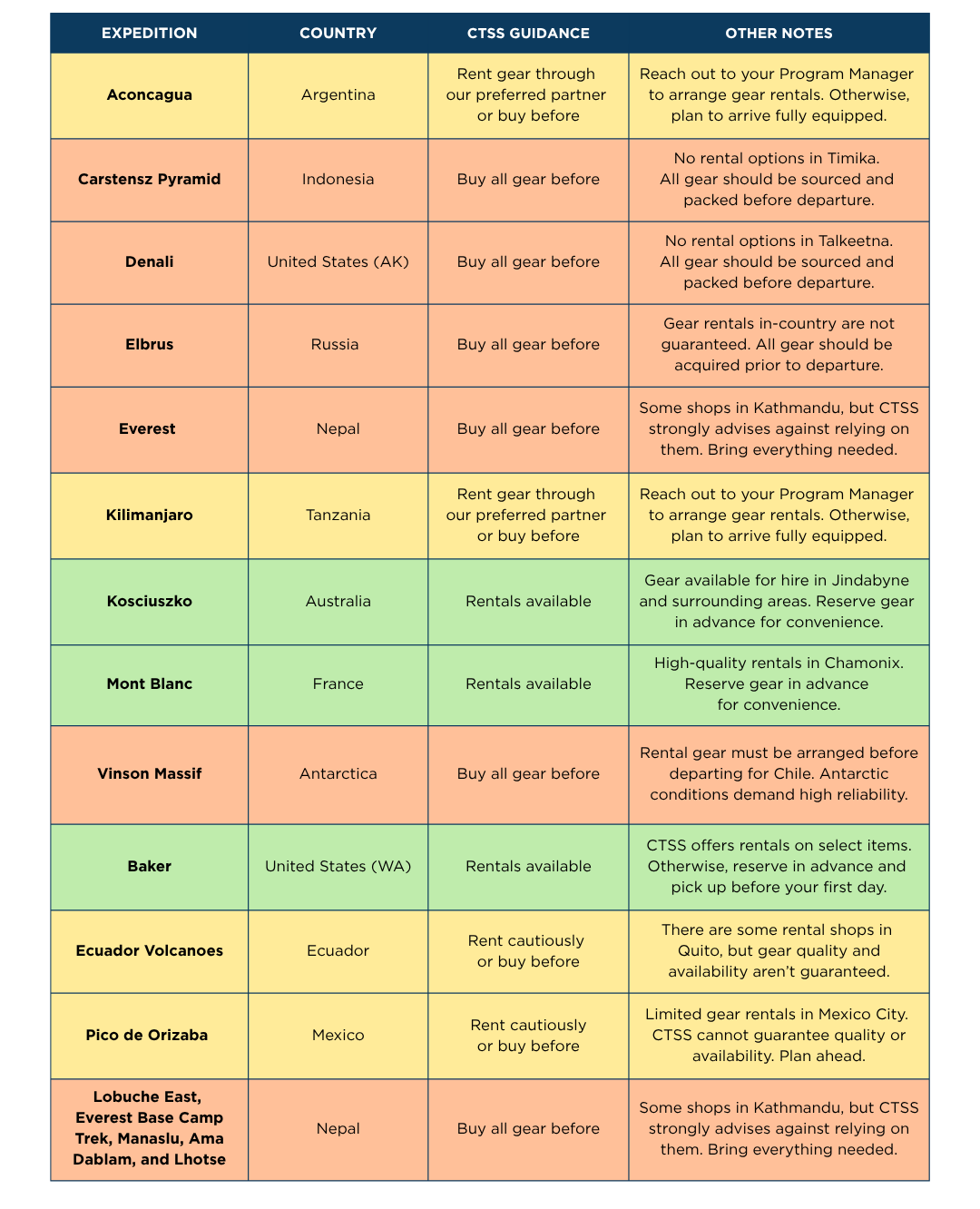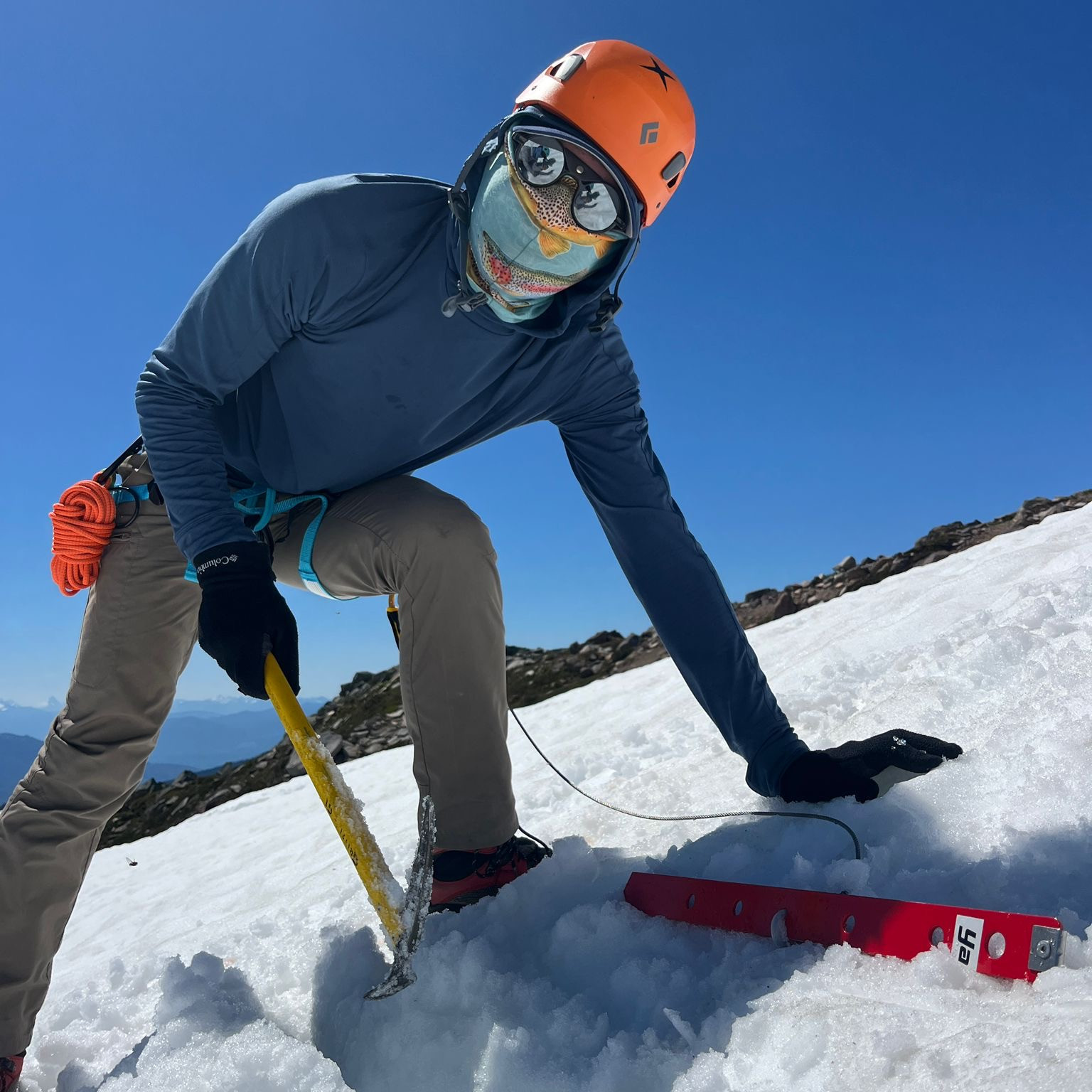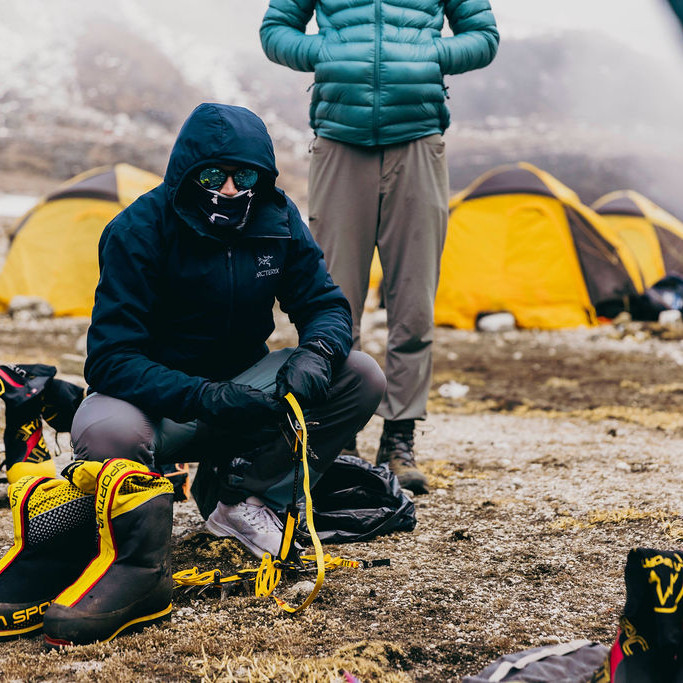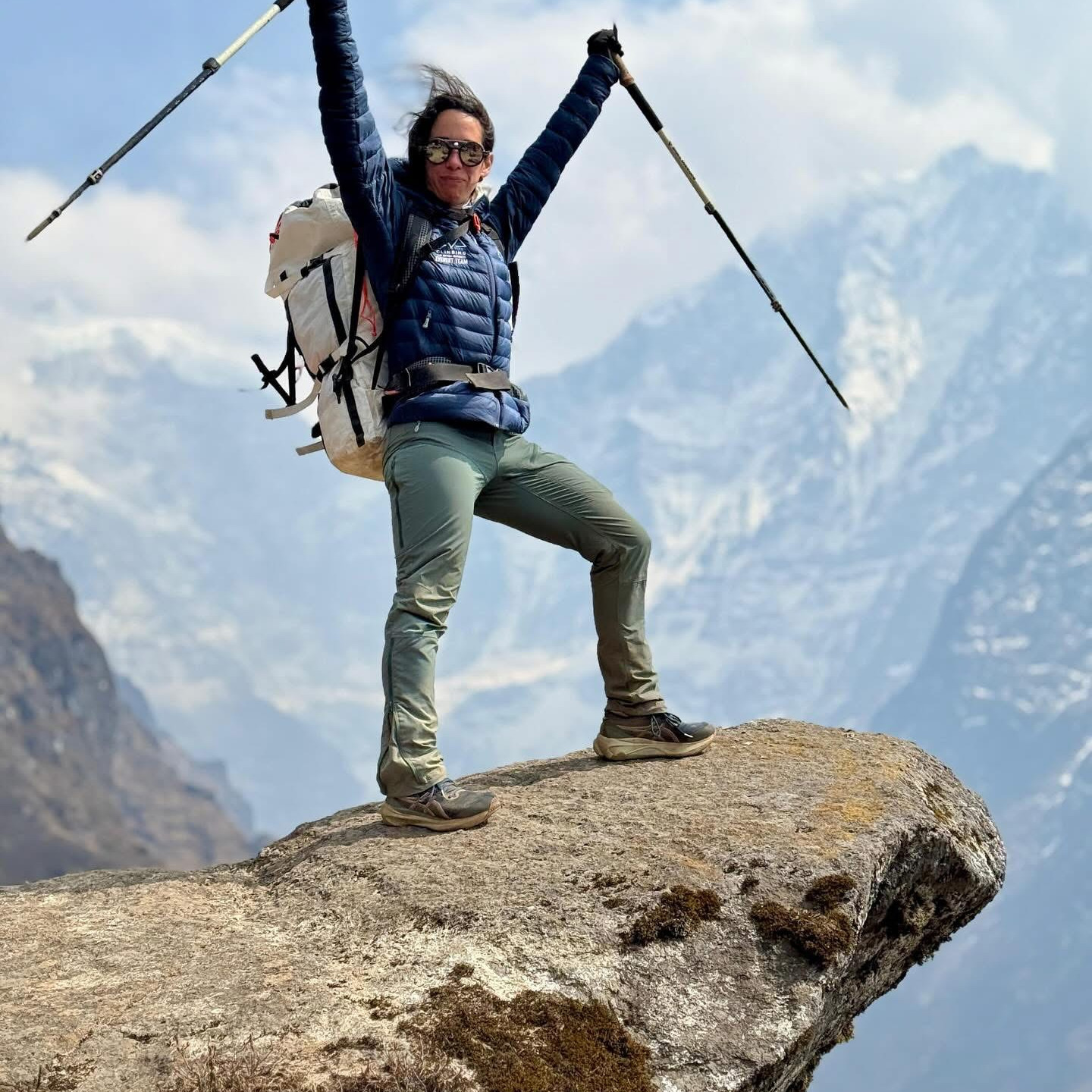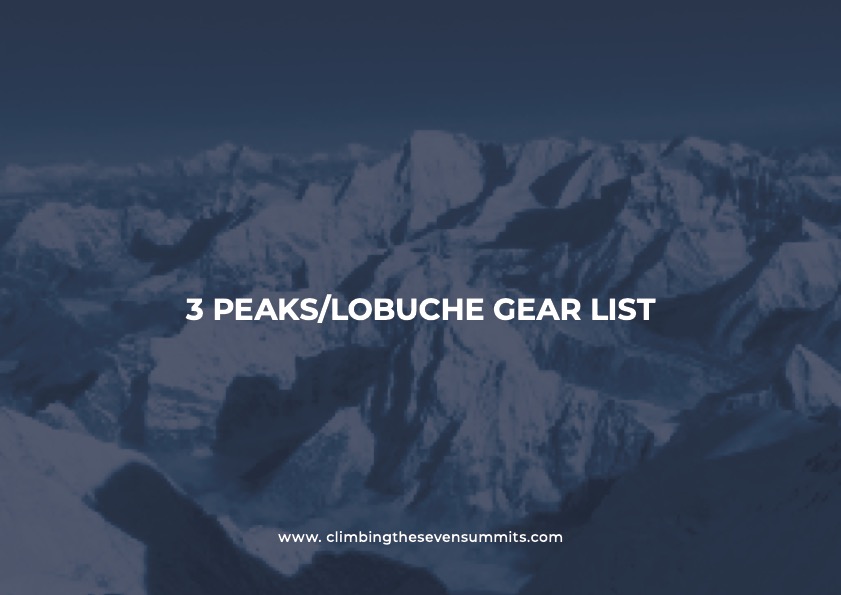How to Build Your Mountain Kit Without Breaking the Bank
Building your mountaineering kit should feel exciting, but we know it can also feel overwhelming. With so many options available, it’s all too easy to overspend, under-research, or get swayed by what’s trending online. The good news? With a little strategy and support, you can build a system that fits your body, your goals, and your budget.
Whether you’re gearing up for your first climb or gradually building toward an 8,000-meter dream, here’s how to make smart, lasting decisions about your gear.
Start With Strategy, Not a Shopping Spree
Before clicking “add to cart,” pause and zoom out. What are your climbing goals over the next 1–3 years? Are you just testing the waters on Baker to see if you truly love mountaineering? Or confident you plan to tackle all Seven Summits? Thinking ahead helps you prioritize the right pieces of gear now, so you don’t end up rebuying them later.
Our gear lists are available for each climb on the CTSS website. Don’t be afraid to peek at the Aconcagua or Everest list even when you’re starting with Baker. You’ll start to spot crossover items that are worth the investment upfront: things like sleeping bags, parkas, and packs that’ll serve you well on multiple peaks.
And remember, your CTSS Program Manager is always available to help you plan purchases based on where you’re headed, not just where you are now.
Rent or Buy: What Makes Sense and When
Not everything needs to be bought up front, especially if you’re new to mountaineering or building your kit over time. Renting gear can be a great way to cut costs and avoid overcommitting before you’ve tested what works for you. But not all rental options are created equal.
Gear availability and quality vary widely depending on the destination. Some locations have reliable rental infrastructure with solid options (like Baker or Chamonix), while others—like Punta Arenas or Timika—offer little to nothing. That’s where having the right guidance matters.
We’ve put together a quick-reference Gear Rental Recommendations by Expedition chart to help you decide what to rent, what to bring from home, and when to invest in your own gear.
And if you’re still unsure? Your Program Manager is here to help you navigate it all so you can show up confident and well-equipped, no matter where you’re headed.
Score Smart Deals, Not Sketchy Dupes
There’s no need to pay full price for great gear. If you time it right, seasonal sales can offer serious savings on everything from base layers to big-ticket items like boots, packs, and sleeping bags.
In the US, keep an eye on major sales events like Memorial Day, Labor Day, and Black Friday. REI frequently runs member-exclusive promotions and rotating discounts throughout the year. In Australia, retailers like Bogong Equipment offer annual sales with excellent value on technical gear. And in the EU, shops like Bergfreunde, Au Vieux Campeur (France), and Globetrotter Equipment (Germany) regularly offer seasonal deals.
Wherever you’re based, outdoor retailers tend to align their biggest sales with national holidays, end-of-season transitions, and major shopping weekends, so it’s worth watching your local calendar and signing up for brand newsletters to stay in the loop.
Depending on your job, you might be eligible for pro deals through platforms like ExpertVoice or Outdoor ProLink (primarily US-based), which offer discounted pricing for educators, government workers, healthcare providers, and more. It’s quick to check and often well worth it.
When buying gear online, especially insulated layers or boots, don’t be afraid to order multiple sizes. Many retailers (including REI) have return policies that support this because a proper fit in the mountains simply isn’t optional.
When trying to cut costs, it can be tempting to wait and shop locally in places like Kathmandu. These hubs often feel like gear havens, packed with endless shops and seemingly low prices. But many of those deals are too good to be true.
We’ve seen too many climbers try to build their entire kit with those too good to be true deals, only to end up with counterfeit gear, jackets stitched together with multiple brand logos, crampons of questionable construction, or knockoff boots that fail when it matters most. Remember that authentic gear in these trekking hubs often runs at full retail, with limited sizing and little flexibility for returns or exchanges. Bottom line: don’t confuse a good deal with a questionable one. You’re better off sourcing gear before you travel, from trusted retailers who back their products and offer real support if something doesn’t work out.

Secondhand Gear: What to Buy and What to Skip
Not every piece of mountaineering gear needs to be brand new. For climbers building their kit over time, buying secondhand can be a smart and budget-friendly way to fill in the gaps, as long as you know what to look for.
Our Climbing Gear – Seven Summits – Buy Sell Swap or the Mountaineers Downunder Facebook groups are great places to pick up gently used gear from other climbers who have just returned from big objectives. Used sleeping bags, crampons, parkas, and packs can be excellent deals, just make sure to inspect them for wear and tear. For safety gear like helmets, harnesses, and ropes, stick to new only.
- Sleeping bags (check for loft and zippers)
- Down or synthetic parkas
- Softshell or hardshell layers
- Climbing packs
- Crampons (check for rust, wear on points)
- Gaiters and gloves
- Base and mid layers
- Helmets (you won’t know their impact history)
- Harnesses (material degrades over time)
- Ropes (age, wear, and storage conditions matter)
- Carabiners (can suffer unseen damage or wear)
- Avalanche gear (probes, beacons, shovels—unless you know and trust the source)
If in doubt, ask. Your Program Manager or a trusted gear shop can help you assess what’s worth picking up pre-loved and what’s worth the full investment.
Buy for Your Body, Not the ‘Gram
Scrolling through social media can be fun inspiration, but it’s not where your gear decisions should come from. Just because your favorite climber is rocking a certain ultralight shell or niche boot brand doesn’t mean it’s the best fit for you or your goals.
The most important part of your kit is that it works for your body, your climate, and your comfort.
What’s trending isn’t always what performs.
CTSS provides detailed Gear Lists for every expedition, built from the real-world experience of our owners and guide team over hundreds of climbs. Each item on the list is something we’ve vetted and believe in—and while you don’t need to buy the exact product we suggest, we encourage you to choose items with similar specs and performance. Our lists are designed to help you dial in a system that works in the field, not just on paper.
Dialing in your system is a process. This is your kit—make sure it fits, functions, and supports your goals. Try things on, return what doesn’t work, and take the time to figure out what truly works for your body and your climb. The better your system, the more energy you can put into the mountain.
CTSS Is Here to Help You Gear Up Smart
Every expedition has its own gear demands, and CTSS is here to help you navigate them. Our guides and Program Managers have real experience with what works, what lasts, and what’s worth the investment.

“I’m always here as your Program Manager and available to hop on a call and chat through that gear with you… We can work together to make sure you’re buying the right gear up front, so a year or two down the road you’re not having to rebuy a bunch of it.”
— Dani Kluberton, CTSS Program Manager and Resident Gear Expert
Whether you’re preparing for your first glacier or aiming for a major summit, we’re here to help you build a system that works for you.
Want to dive deeper into gear selection? Check out our full webinar Mountaineering 101: Expedition gear Essentials on YouTube:
